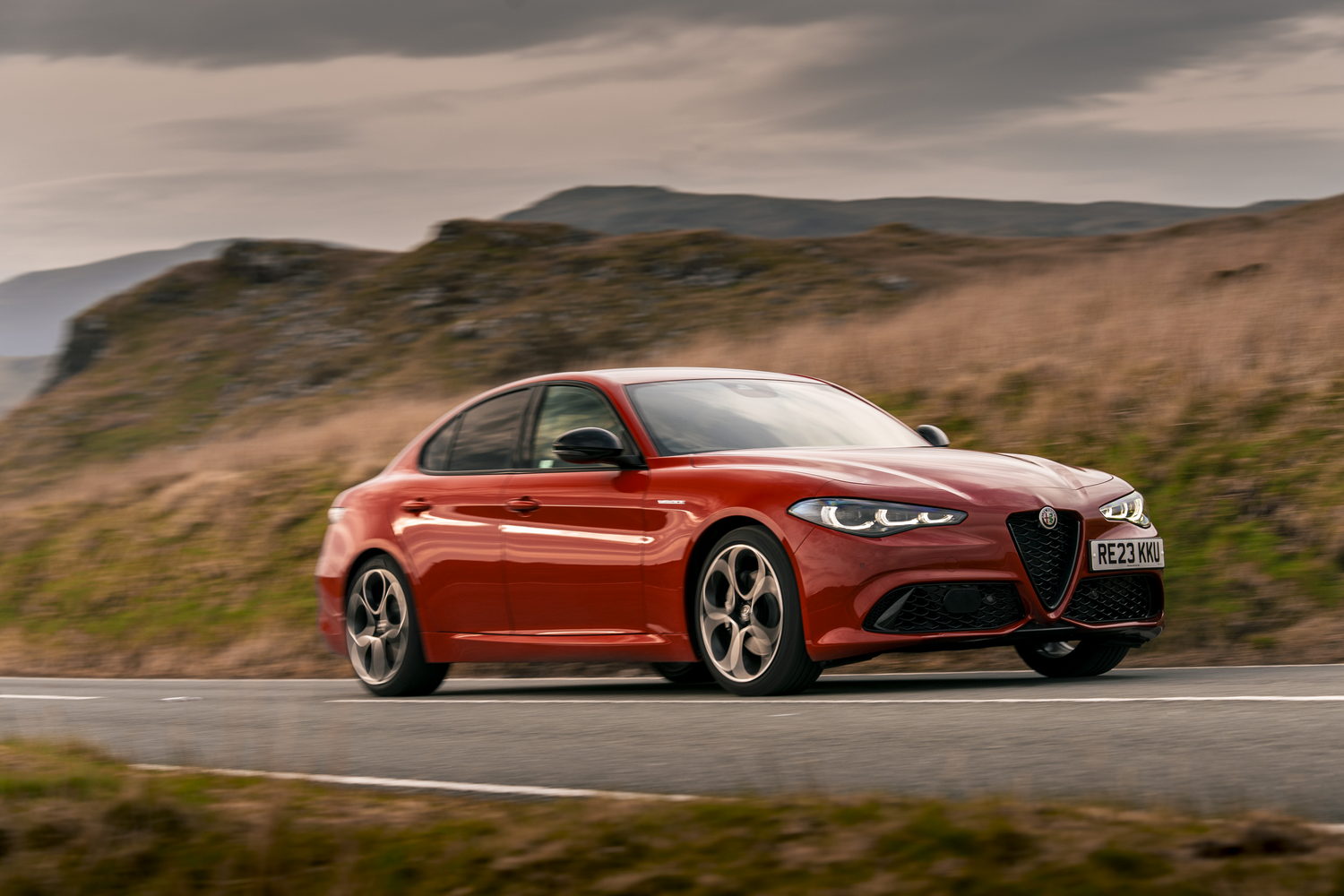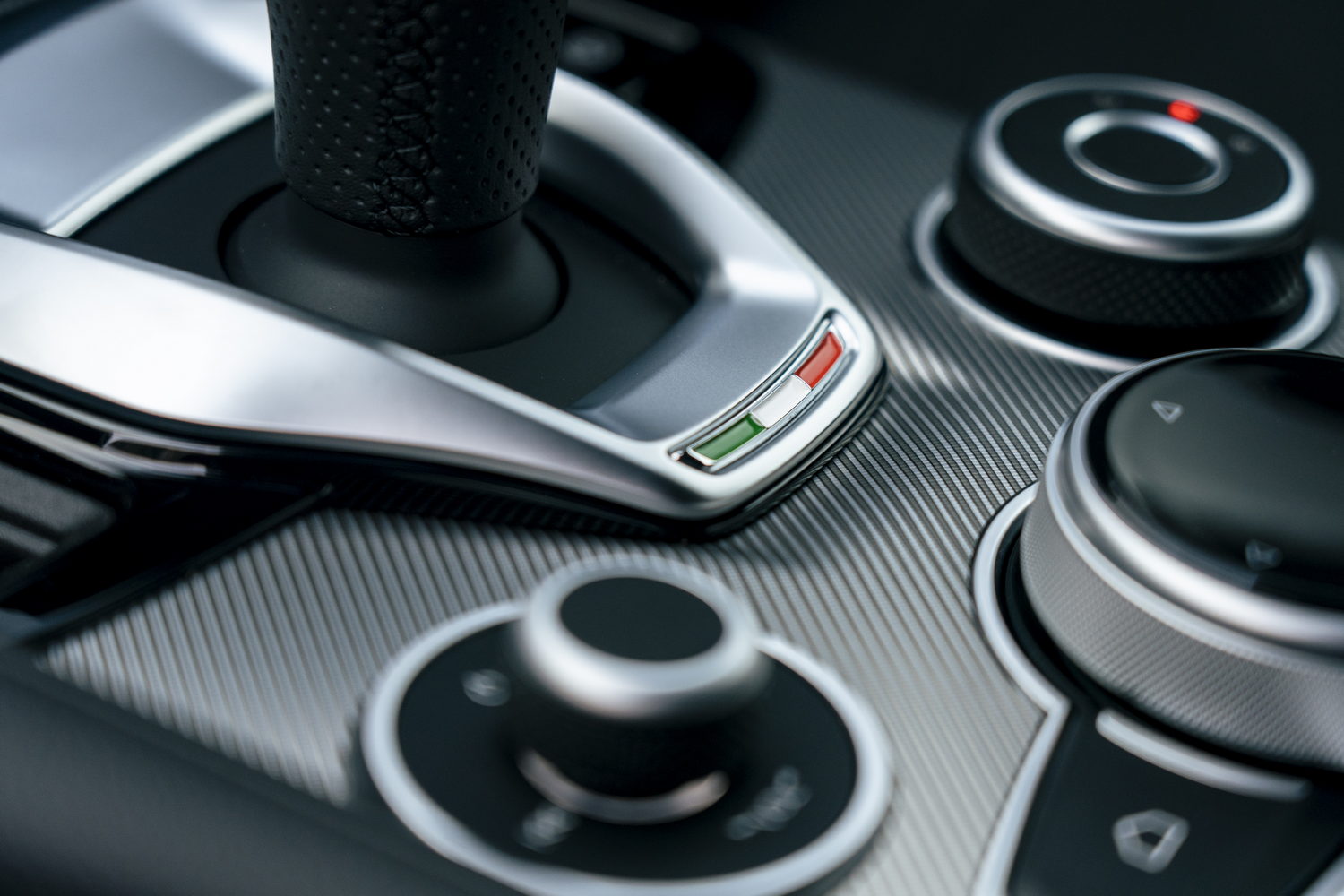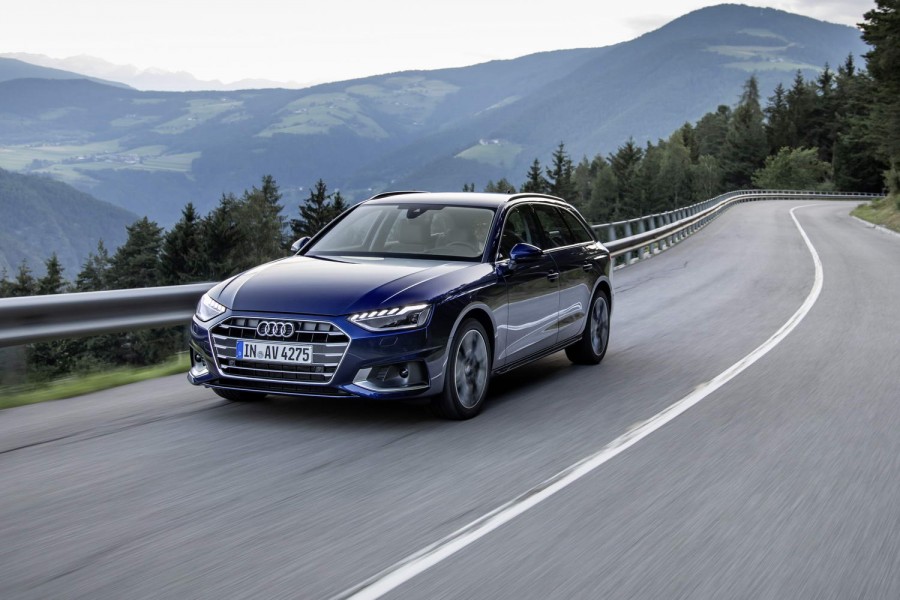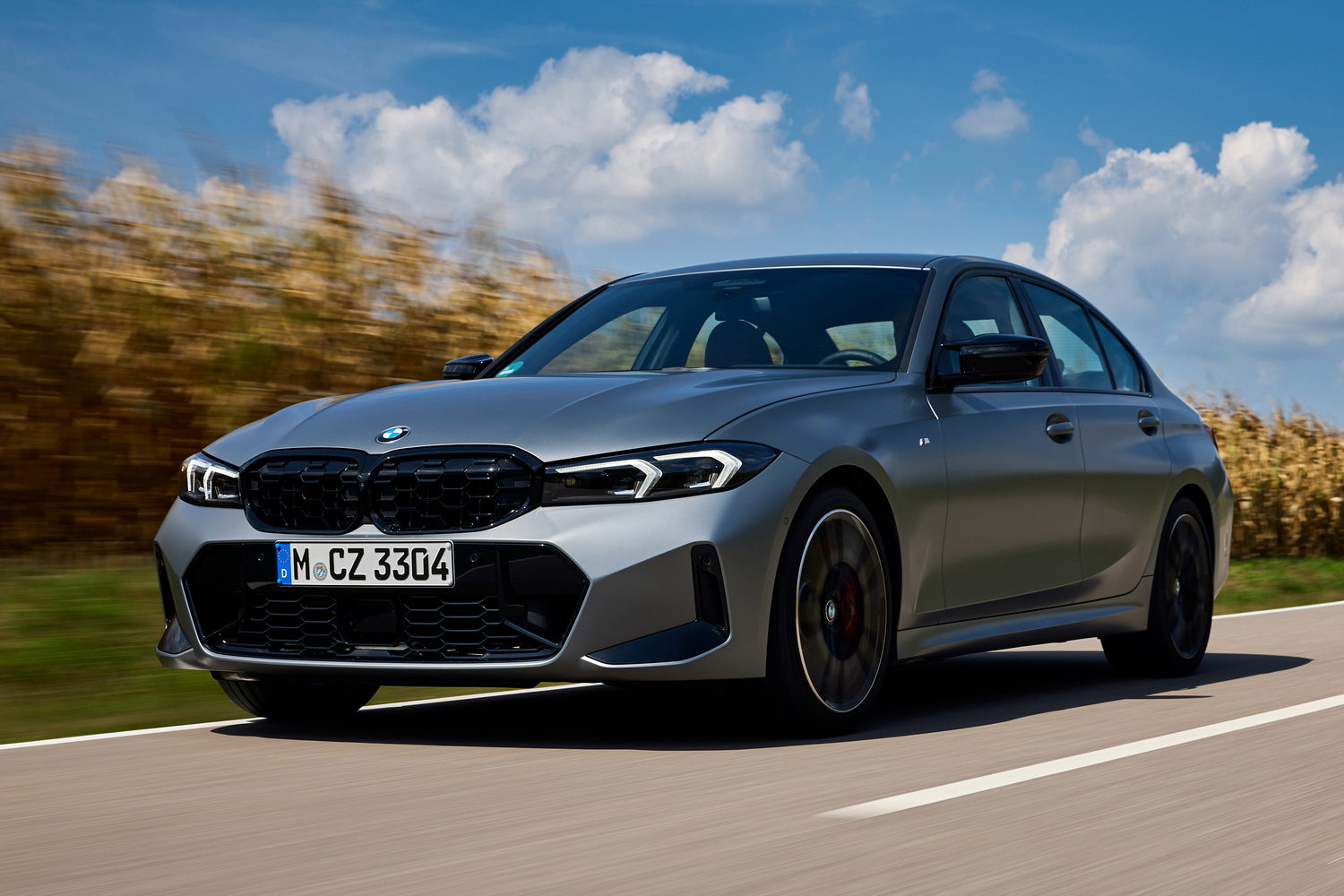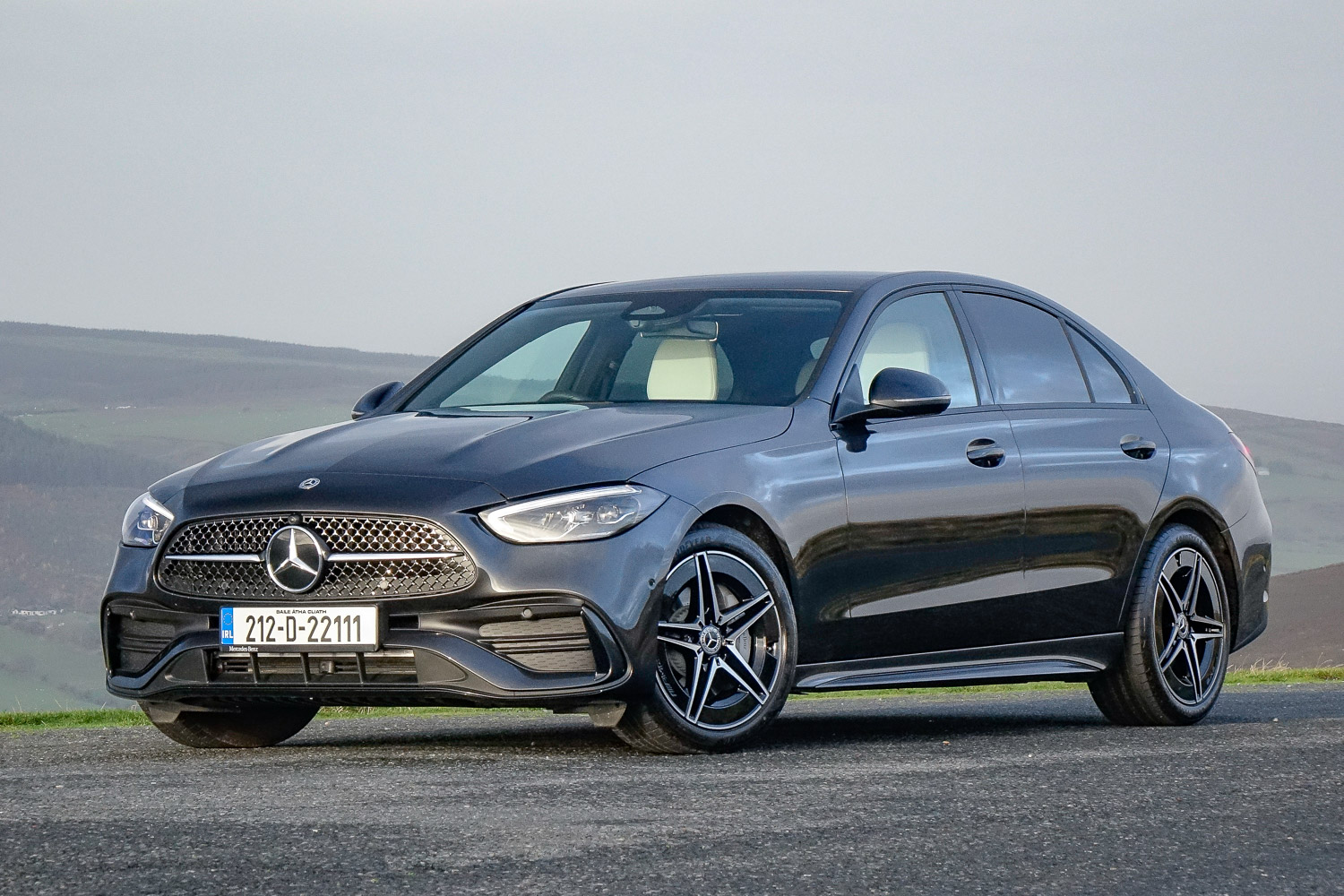When Alfa Romeo launched the Giulia, it was the first time in years the brand had built something that could really compete with the German executive saloons. But the BMWs, Audis and Mercedes-Benzes of the world have moved on since 2016, and the Giulia has had to follow suit. It started with much-needed updates to the interior, but now, as the Giulia turns seven years old, Alfa Romeo has added some more tweaks to the exterior design and the interior tech. Enough to keep the Giulia up there with its German rivals?
In the metal
On the face of it, the Alfa Romeo Giulia hasn't changed much with the latest update, but there are a few minor upgrades to run through. Chief among these is the design of the '3+3' headlights that draw inspiration from past Alfa Romeo models and align the saloon with the new Alfa Tonale SUV. But more than just being a design gimmick, the new lamps offer adaptive technology that constantly adjusts the dipped beam based on speed and driving conditions.
Other changes to the front end include style flourishes to the intakes for the main air ducts, and there's a slight reinterpretation of the classic triangular grille. At the back, meanwhile, there are new LED lights with smoked lenses and a glossy black finish.
Perhaps more importantly, though, the interior has had a minor upgrade with the addition of a new digital instrument display. It's much the same cluster as seen in the Tonale, which means it's clear and modern, although it still isn't as configurable or as impressive as the clusters found in an Audi A4 or a BMW 3 Series.
And because little else about the Giulia's interior has changed, the instrument cluster remains a highlight. Admittedly, the update a few years ago solved many of the car's interior issues, but the touchscreen infotainment system isn't the most modern. The display is starting to look its age, and it works clunkily, occasionally struggling to keep up with inputs. It's small and difficult to read at times, too.
Despite Alfa's improvements over the Giulia's life, though, the touchscreen is not the only problem with the cabin. While the dashboard materials are generally pretty good, some of the switchgear feels a tad cheap, such as the ignition button on the steering wheel and the gear selector. It's a shame, because in the large shift paddles behind the wheel and the seats, Alfa has proved it can do build quality.
On the plus side, space is not among the Alfa Romeo's flaws, and it can happily hold its own alongside other premium saloons in the practicality stakes. The 480-litre boot is marginally bigger than that of the Mercedes-Benz C-Class and on a par with the BMW 3 Series, while the cabin space is good, too. For those in the front, there's ample adjustment in the seats and plenty of headroom, while space in the back is more than sufficient, as well. Rear legroom is ample, while headroom is remarkably good for a four-door saloon.
Driving it
Because Alfa Romeo has made no notable changes to the Giulia's suspension or steering as part of the update, it's no surprise to find the ride and handling are unchanged. And while that might sound like a bad thing, the truth is it's anything but.
Of all the executive saloons on the market, the Giulia retains its place among the very best to drive, with 50/50 weight distribution and an alert chassis that makes it fantastic in the corners. Yes, the steering lacks a little feedback at times, but the response from the front wheels is almost instantaneous, and the balance makes it feel very intuitive if you want to adjust the car in a corner.
That's partly down to the suspension, which strikes a pleasant balance between ride and handling, allowing a little bit of body lean in corners - just enough to let you know where the car's weight is - without too much pitch under braking or acceleration. At the same time, the ride is firm enough to keep the wheels in contact with the asphalt at all times and ensure you know exactly what each wheel is doing, but it never feels savage like a proper performance saloon might.
That said, with only one high-performance engine available for the Giulia, it doesn't want for savagery when you put your foot down. Although the high-powered Quadrifoglio version will follow hot on the heels of this car, the 'cooking' versions of the Giulia still come with a pretty potent powertrain.
Although it's only a 2.0-litre petrol engine, it still has 280hp, and it's fitted to every Giulia from the base-level Sprint to the range-topping Competizione. All the power - and 400Nm of torque - goes to the rear wheels via a slick eight-speed automatic gearbox, complete with some lovely aluminium shift paddles for when you want to take manual control. In its most aggressive form, with Dynamic mode engaged, the Giulia is capable of getting from 0-100km/h in 5.7 seconds, and it'll apparently do 240km/h at full chat. For an entry level offering, it's quick.
It isn't terrible on fuel, either, with our test car officially burning through 7.4 litres of unleaded every 100km. For a petrol-powered car with ample performance, that isn't bad going. The Giulia's petrol engine isn't too noisy at a cruise, either. And when it's pushed, the four-cylinder sounds less droning than the petrol engine you get in a BMW 330e, for example. It isn't quite as smooth or as rasping as a six-cylinder unit of course, but it's a perfectly agreeable soundtrack.
What you get for your money
Alfa Romeo hasn't yet announced Irish pricing for the updated Giulia, but it's expected to cost roughly the same amount as the current model.
Summary
The Alfa Romeo Giulia has always been a great car to drive, but progressive updates have made it more competitive inside and out. The latest batch of changes may be small - those who've just collected a pre-facelift Giulia need not worry too much - but the improvements have moved the Alfa fractionally closer to rivals from BMW and Mercedes. While the Italian saloon still isn't perfect, it's now an even more compelling alternative to the German elite.

